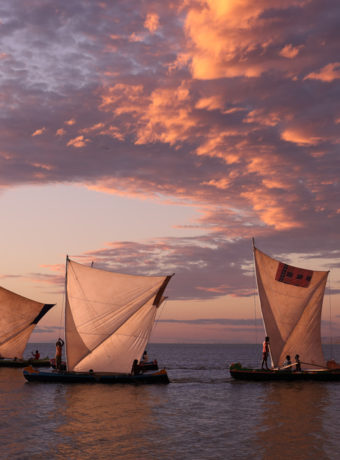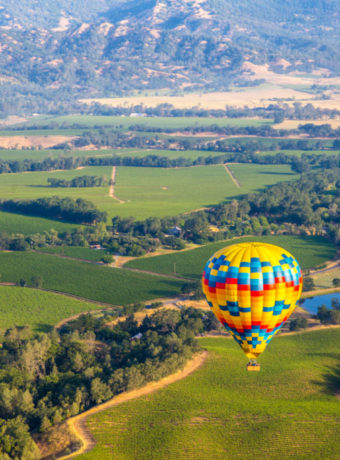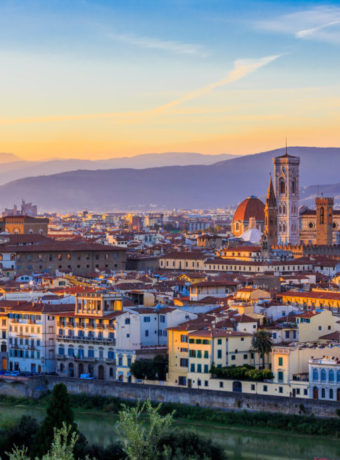To kick off this week’s series on wine regions around the world, I thought I’d better start with the European wine regions. This part of the world has the world’s oldest winery, despite the oldest evidence of wine in China. European wine regions range from the sunny shores of Portugal all the way into Georgia and Armenia. While these Balkan wines are certainly not as popular as the Italian, French, German, and Spanish wines, they are still incredibly important to the history of wine.
European wine regions
The first winery was discovered in Armenia. It dates to approximately 4100 BCE, or 6,000 years ago. The oldest evidence of wine consumption, though, comes from China 7000 BCE. More recent (6000 BCE) evidence comes from Georgia, Iran, Greece, and Armenia. Modern European wine regions came into being through trade and religion.
The history of European wine

To the Greeks, wine was a drink for the wealthy. Lower classes wouldn’t have drank much wine. The Egyptians, Phoenicians, Greeks, and Romans all used wine in religious ceremonies. For a long time, monks produced wine for rituals. In fact, when the Roman Empire collapsed in the 5th century, Catholic monks preserved the practice of wine production. However, the Romans cultivated much of what is now the major European wine regions.
The Romans also established different grape varietals and techniques for growing wine. That era also saw the implementation of glass bottles and oaken barrels for storing wine.

During the Dark Ages and Middle Ages, wine production extended into parts of Britain too. Wine also became readily available for most of the population and would have been served at almost every meal. In Britain, people learned to make mead, a honey-based wine. In Germany and France, religious orders preserved wine production knowledge.
The 16th and 17th centuries saw the rise of sophisticated wine. Wine became a cultural phenomenon, and the range of wines grew broader. French regions like Champagne and Bordeaux defined their borders and parts of Germany expanded their wine production.
Where are the European wine regions?

Grapes grow wild across much of the Mediterranean region, like the Levant, Turkey, Iran, and Sicily. Wine grapes also grow well in Tuscany, the cooler regions of Germany, Spain, Portugal, and all across France. What we think of today as the major wine regions are Bordeaux, Champagne, Mosel, and Tuscany.
In a slight twist of irony, a majority of the vines that grow in Bordeaux, France today came from American vine roots. In the 19th century, just as wine trade in France was taking off, a disease called the Phylloxera aphid ravaged the vines. However, someone discovered that the American vines didn’t succumb to the disease. By grafting the French vines into the American roots, Bordeaux vineyards flourished.
Luxury in the European wine regions

Wine tours, as I mentioned in the food tours in France post a few weeks ago, are one of the best ways to explore the various European wine regions. There are two Virtuoso grand hotels in the Bordeaux wine region, but 49 tours on which you can experience the food and wine of the province. Be sure to visit the lavender fields in Provence before you leave, too. The stunning purple fields bloom in July and August – which is also a perfect time to explore the south of France’s vineyards! Prefer to rent a villa? One of my suppliers has gorgeous, vetted villas across France and Italy. If guided or group tours aren’t your thing, consider hiring a local driver who can escort you around the wine regions. Local immersion is a key element in luxury travel, although many of my suppliers ensure that their guides speak fluent English too.

Did you know? While we casually refer to most sparkling wines as champagne, *technically* the only wines that can be called champagne are those grown and produced in France’s Champagne wine region. Italian sparkling wines are called prosecco and Spanish sparkling wines are called cava. Prosecco differs from both champagne and cava in that it’s not fermented in the bottle; prosecco is produced using the charmat method, or fermenting the wine in giant metal vats.

Portugal’s Douro Valley has been the production centre of port for 400 years. One of my Virtuoso partner hotels has a winemaker tour, where you can learn the secrets of winemaking in the Douro Valley. There are also beautiful hotels in the Algarve and in Lisbon from which you can take tours. In Spain, while a wine tour introduces you to the wonders of Rioja, the Barcelona wine bars are a good introduction to the wide variety of wines produced in Spain. Tapas, the standard Spanish style of eating, and wine go hand in hand. Regardless of whether you’re staying at the W Barcelona for a night or heading to Valladolid, you should experience an evening at a tapas bar.
Villas in Italy

Italy – and Tuscany in particular – is one of the most incredible destinations for wine lovers. Imagine touring Tuscan wineries by vintage car, or bicycling through the vineyards near Siena. Additionally, there are estates that host olive oil tastings, limoncello tastings, and other artisan foods. Hire a villa for exclusive use, or book into one of the many luxurious suites scattered across the country. A google search reveals 12.3 million results for villas; I’ve got some suppliers that carefully vet each property in their portfolio to ensure that when you’re hiring a luxury villa, you actually are getting a luxury villa. These properties might come with their own chefs and staff, spa services, pools, and sweeping views across the Tuscan countryside.
Cruising Germany’s wine region

Most of Germany’s wine regions are in the northern half of the country, around the Main and the Rhine rivers. Germany has13 defined wine regions. While Germany is known for Rieslings, the country’s vineyards also produce Pinot Grigios and Spätburgunder (Germany’s Pinot Noir). By far one of the best – and most luxurious – ways to visit the German wine regions is by luxury river cruise. These cruises stop often to allow guests to explore the regions by car or bike, and many include the local wines in their all-inclusive onboard menu. Of the river cruise lines, both Crystal and Viking are top players and are extraordinary Virtuoso partners.
**
We are hopping the pond tomorrow! Grab your coffee (we don’t do tea here) and check out the post about North American wineries at 10am eastern time.



